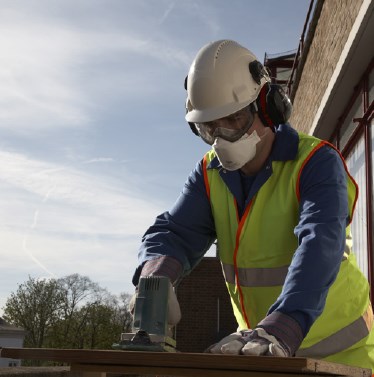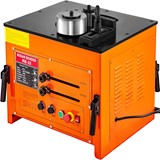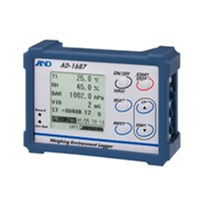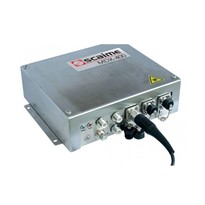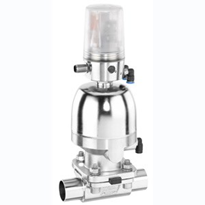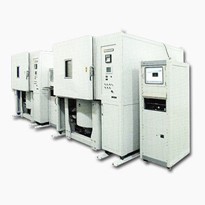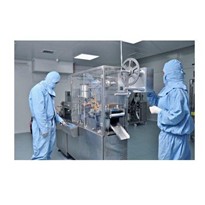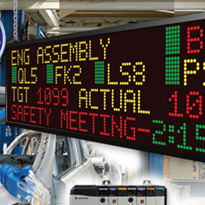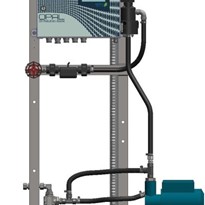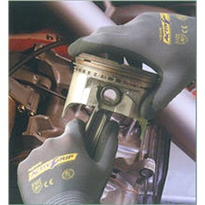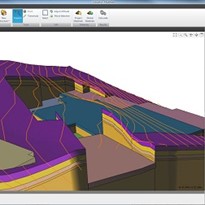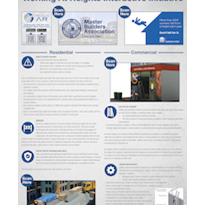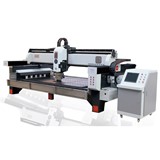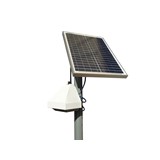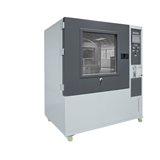Are you protected?
Respirators are a simple and effective solution that can help to protect against what can be a potentially deadly issue when it comes to occupational health and safety.
Our natural protections against respiratory illnesses include a lung-clearing mechanism using small hairs called cilia that line our respiratory tract, nasal hairs acting as a coarse filter, and the cough reflex - all of which help expel unwanted airborne microbes and particles.
However, these protections may not work when particulates in the air are in such concentrations, or are so toxic, that our natural defences are not adequate enough to protect our respiratory system.
An array of exposures can cause respiratory health problems and irritate pre-existing conditions.
According to the Australian Bureau of Statistics1, about 14 per cent of all deaths in Australia are caused by lung diseases such as mesothelioma, asthma, lung cancer, asbestosis and pneumonia.
Some of these diseases are caused by personal choices including smoking, while others, such as asthma, can be a combination of hereditary and environmental conditions.
Air conditions in the workspace.
Dust, mists, smoke and sprays are just some of the substances that can make you sick or even lead to death if exposed to significant airborne concentrations while working for prolonged periods in industrial locations.
A range of industries such as coal mining, heavy manufacturing and agriculture are known to create conditions that can expose workers to various materials that adversely affect their health.
One such disease that afflicts workers is COPD, which is the narrowing of the airways. According to the book Clinical Management of Chronic Obstructive Pulmonary Disease2 (second edition) published by CRC Press, there is a growing body of evidence that show environmental factors are causing the disease.
This can include occupational exposure to fine particulates, grains, heavy metals like cadmium or chromium, coal, silica and other mineral dusts and welding fumes, which increase the risk of the disease. The same report stated that up to 19 percent of cases of the disease in the working population in the US aged between 30-75 were caused by occupational exposures attributed to the aforementioned factors.
Not only should employees be protected from airborne contaminants for ethical reasons, it is in the employer’s interest that workers have the correct personal protective equipment (PPE). If a worker gets sick or contracts a lung disease from exposures due to the lack of suitable PPE, it can open up the employer to a range of legal and economic implications. This can include anything from an intrusive investigation by workplace health and safety regulators through to an employee missing work for an extended period of time.
This is why a respirator can be an essential part of PPE and necessary when people are working in places where particles are a hazard. Although not a standalone solution, a respirator correctly chosen and used can be a vital part of a number of workplace controls that help make sure health and safety laws are being adhered to by all parties.
3M’s Aura 9300A+ range of disposable respirators has been designed specifically for industries where occupational issues, such as exposure to dusts and other airborne particles that can intrude into a person’s airways, are a common, ongoing occurrence.
Please contact us for more information.
References
1: Australian Bureau of Statistics, Causes of Death, Australia, 2011.
2: Clinical Management of Chronic Obstructive Pulmonary Disease, https://goo.gl/0C0Wt2


